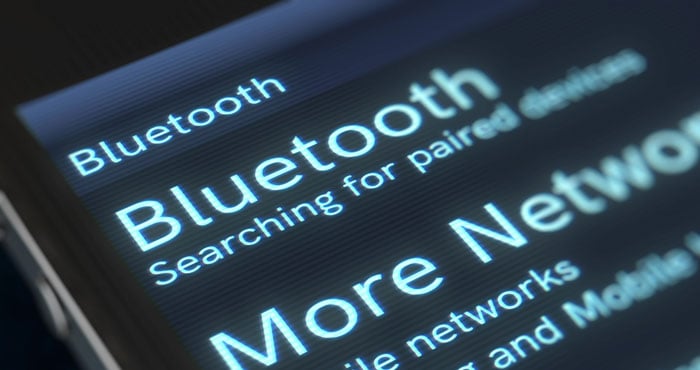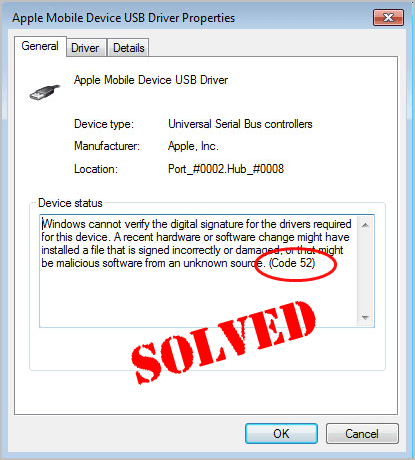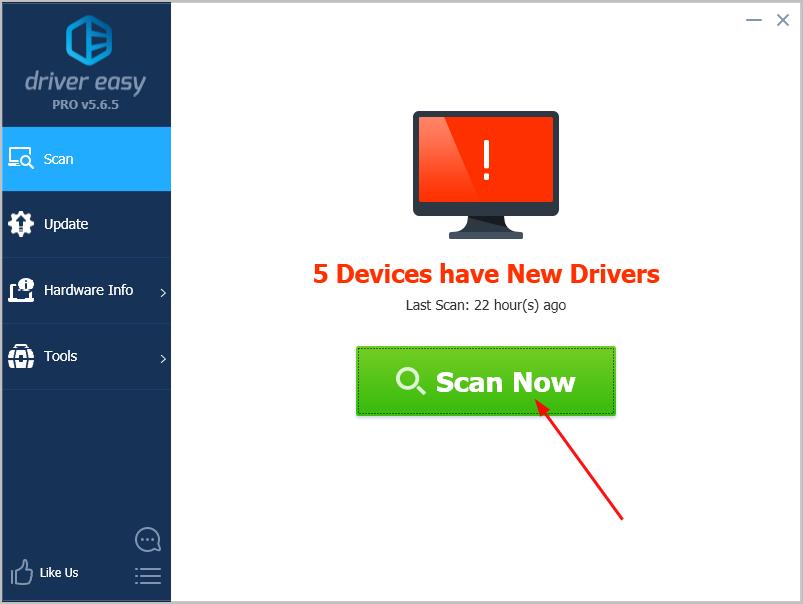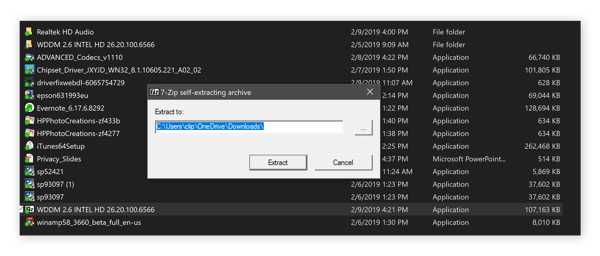
1) oem drivers set up and working 2) Device manager shows a new mulitfunction adapter - the same as the card make, using resources at EEOOO-EEOO7 (in the properties tab) 3) but the new pci parallel port in device manager oes not have the make perhaps just a generic? About Driver Booster. Driver Booster is a powerful and easy-to-use driver updater. With the best 1-click solution and a large database, Driver Booster can help you rapidly & securely update outdated drivers, install missing drivers, and fix incorrect drivers. Select the Start button, then select Settings Devices USB. Open USB settings. Select or clear the Notify me if there are issues connecting to USB devices box.
NextPreviousContentsCommon serial port names are /dev/ttyS0, /dev/ttyS1, etc. Thenaround the year 2000 came the USB bus with names like /dev/ttyUSB0 and/dev/ttyACM1 (for the ACM modem on the USB bus). Multiport serialcard used somewhat differnt names (depending on the brand) such as/dev/ttyE5.
Since DOS provided for 4 serial ports on the old ISA bus:COM1-COM4, or ttyS0-ttyS3 in Linux, most serial ports on the newer PCIbus used higher numbers such as ttyS4 or ttyS14 (prior to kernel2.6.13). But since most PCs only came with one or two serial ports,ttyS0 and possibly ttyS1 (for the second port) the PCI bus can now usettyS2 (kernel 2.6.15 on). All this permits one to have both ISAserial ports and PCI serial ports on the same PC with no nameconflicts. 0-1 (or 0-3) are reserved for the old ISA bus (or thenewer LPC bus) and 2-upward (or 4-upward or 14-upward) are used forPCI, where older schemes are shown in parentheses . It's not requiredto be this way but it often is.
If you're using udev (which puts only the device you have on yourcomputer into the /dev directory at boottime) then there's an easy wayto change the device names by editing files in /etc/udev/. Forexample, to change the name of what the kernel detects as ttyS3 towhat you want to name it: ttyS14, add a line similar to this to/etc/udev/udev.rules
BUS'pci' KERNEL'ttyS3',NAME='ttyS14'
On-board serial ports on motherboards which have both PCI and ISAslots are likely to still be ISA ports. Even for all-PCI-slotmotherboards, the serial ports are often not PCI. Instead, they areeither ISA, on an internal ISA bus or on a LPC bus which is intendedfor slow legacy I/O devices: serial/parallel ports and floppy drives.
Devices in Linux have major and minor numbers. The serial portttySx (x=0,1,2, etc.) is major number 4. You can see this (and theminor numbers too) by typing: 'ls -l ttyS*' in the /dev directory. Tofind the device names for various devices, see the 'devices' file inthe kernel documentation.
There formerly was a 'cua' name for each serial port and it behavedjust a little differently. For example, ttyS2 would correspond tocua2. It was mainly used for modems. The cua major number was 5 andminor numbers started at 64. You may still have the cua devices inyour /dev directory but they are now deprecated. For details seeModem-HOWTO, section: cua Device Obsolete.
For creating the old devices in the device directory see:
Drivers Boo-ree Port Devices Replicator
Dos/Windows use the COM name while the messages from the serial driveruse ttyS00, ttyS01, etc. Older serial drivers (2001 ?) used justtty00, tty01, etc.
The tables below shows some examples of serial device names. TheIO addresses are the default addresses for the old ISA bus (not forthe newer PCI and USB buses).
For more info see the usb subdirectory in the kernel documentationdirectory for files: usb-serial, acm, etc.
On some installations, two extra devices will be created,/dev/modem for your modem and /dev/mouse for amouse. Both of these are symbolic links to the appropriatedevice in /dev.
Drivers Boo-ree Port Devices Lucie
Historical note: Formerly (in the 1990s) the use of/dev/modem (as a link to the modem's serial port) wasdiscouraged since lock files might not realize that it was really say/dev/ttyS2. The newer lock file system doesn't fall intothis trap so it's now OK to use such links.
Inspect the connectors
Inspecting the connectors may give some clues but is often notdefinitive. The serial connectors on the back side of a PC areusually DB connectors with male pins. 9-pin is the most common butsome are 25-pin (especially older PCs like 486s). There may be one9-pin (perhaps ttyS0 ??) and one 25-pin (perhaps ttyS1 ??). For two9-pin ones the top one might be ttyS0.
If you only have one serial port connector on the back of your PC,this may be easy. If you also have an internal modem, a program likewvdial may be able to tell you what port it's on (unless it's a PnPthat hasn't been enabled yet). A report from setserial (atboot-time or run by you from the command line) should help youidentify the non-modem ports.
If you have two serial ports it may be more difficult. You could haveonly one serial connector but actually have 2 ports, one of whichisn't used (but it's still there electronically). First check manuals(if any) for your computer. Look at the connectors for meaningfullabels. You might even want to take off the PC's cover and see ifthere are any meaningful labels on the card where the internal ribbonserial cables plug in. Labels (if any) are likely to say something like'serial 1', 'serial 2' or A, B. Which com port it actually is willdepend on jumper or PnP settings (sometimes shown in a BIOS setupmenu). But 1 or A are more likely to be ttyS0 with 2 or B ttyS1.
Send bytes to the port
Labels are not apt to be definitive so here's another method. Ifthe serial ports have been configured correctly per setserial, thenyou may send some bytes out a port and try to detect which connector(if any) they are coming out of. One way to send such a signal is tocopy a long text file to the port using a command like: cpmy_file_name /dev/ttyS1. A voltmeter connected to the DTR pin (seeSerial-HOWTO for Pinout) will display a positive voltage as soon asyou give the copy command.
The transmit pin should go from several volts negative to a voltagefluctuating around zero after you start sending the bytes. If it doesn't(but the DTR went positive) then you've got the right port but it'sblocked from sending. This may be due to a wrong IRQ, -clocal beingset, etc. The command 'stty -F /dev/ttyS1 -a' should showclocal (and not -clocal). If not, change it to clocal.
Another test is to jumper the transmit and receive pins (pins 2 and 3of either the 25-pin or 9-pin connector) of a test serial port. Thensend something to each port (from the PCs keyboard) and see if it getssent back. If it does it's likely the port with the jumper on it.Then remove the jumper and verify that nothing gets sent back. Notethat if 'echo' is set (per stty) then a jumper creates an infiniteloop. Bytes that pass thru the jumper go into the port and come rightback out of the other pin back to the jumper. Then they go back inand out again and again. Whatever you send to the port repeats itselfforever (until you interrupt it by removing the jumper, etc.). Thismay be a good way to test it as the repeating test messages halt whenthe jumper is removed.
As a jumper you could use a mini (or micro) jumper cable (sold in someelectronic parts stores) with mini alligator clips. A small scrap ofpaper may be used to prevent the mini clips from making electricalcontact where it shouldn't. Metal paper clips can sometimes be bentto use as jumpers. Whatever you use as a jumper take care not to bendor excessively scratch the pins. To receive something from a port,you can go to a virtual terminal (for example Alt-F2 and login) andtype something like 'cp /dev/ttyS2 /dev/tty'. Then at another virtualterminal you may send something to ttyS2 (or whatever) by 'echotest_message > /dev/ttyS2'. Then go back to the receive virtualterminal and look for the test_message. See Serial Electrical Test Equipment for more info.
Connect a device to the connector
Drivers Boo-ree Port Devices Charlotte
Another way to try to identify a serial port is to connect somephysical serial device to it and see if it works. But a problem hereis that it might not work because it's not configured right. A serialmouse might get detected at boot-time if connected.
You may put a device, such as a serial mouse (use 1200 baud), on a portand then use minicom or picocom to communicate with that port. Thenby clicking on the mouse, or otherwise sending characters with thedevice, see if they get displayed. It not you may have told picocomthe wrong port (such as ttyS0 instead of ttyS1) so try again.

Missing connectors

If the software shows that you have more serial ports than youhave connectors for (including an internal modem which counts as aserial port) then you may have a serial port that has no connector.Some motherboards come with a serial port with no cable or externalserial DB connector. Someone may build a PC from this and decide notto use this serial port. There may be a 'serial' connector and labelon the motherboard but no ribbon cable connects to its pins. To usethis port you must get a ribbon cable and connector. I've seendifferent wiring arrangements for such ribbon cables so beware.
If you don't use devfs (which automatically creates such devices) anddon't have a device 'file' that you need, you will have to create it.Use the mknod command or with the MAKEDEV shell script.Example, suppose you needed to create ttyS0:
ttyS0 you would just type:If the above command doesn't work (and you are the root user), lookfor the MAKEDEV script in the /dev directory and run it.
This handles the devices creation and should set the correct permissions.For making multiport devices see Making multiport devices in the /dev directory.
